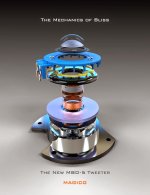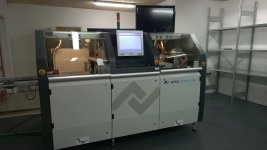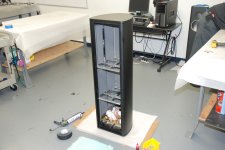It seems most speaker designers do not agree with you, as wave guides are not commonly used.
I agree with him completely, and btw Face is a fairly accomplished designer himself.
The reality is most don't use waveguides because of cost and complexity involved with manufacturing. There is NO doubt that putting a dome tweeter in a waveguide results in obvious benefits, and there's a laundry list of them. But there are also pitfalls, it's not just a simple plug and play. Different guide profiles have to be tested with the tweeter being used in order to find a combination that gives gain where it's wanted, and the directivity pattern desired, all while not adding energy storage.
From our use of waveguides the primary benefits are much lowered distortion levels at the bottom end of the tweeters pass band, right where they need it most. And also the tweeter offset can be used to time align drivers, and if you have a well behaved midrange, can result in suitability for shallower slope crossover networks.
Yes, the capabilities and intrinsic 'sound' of the tweeter is more important than if it's in a waveguide or not, but waveguides are a powerful tool in the designers kit.



